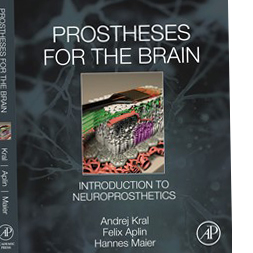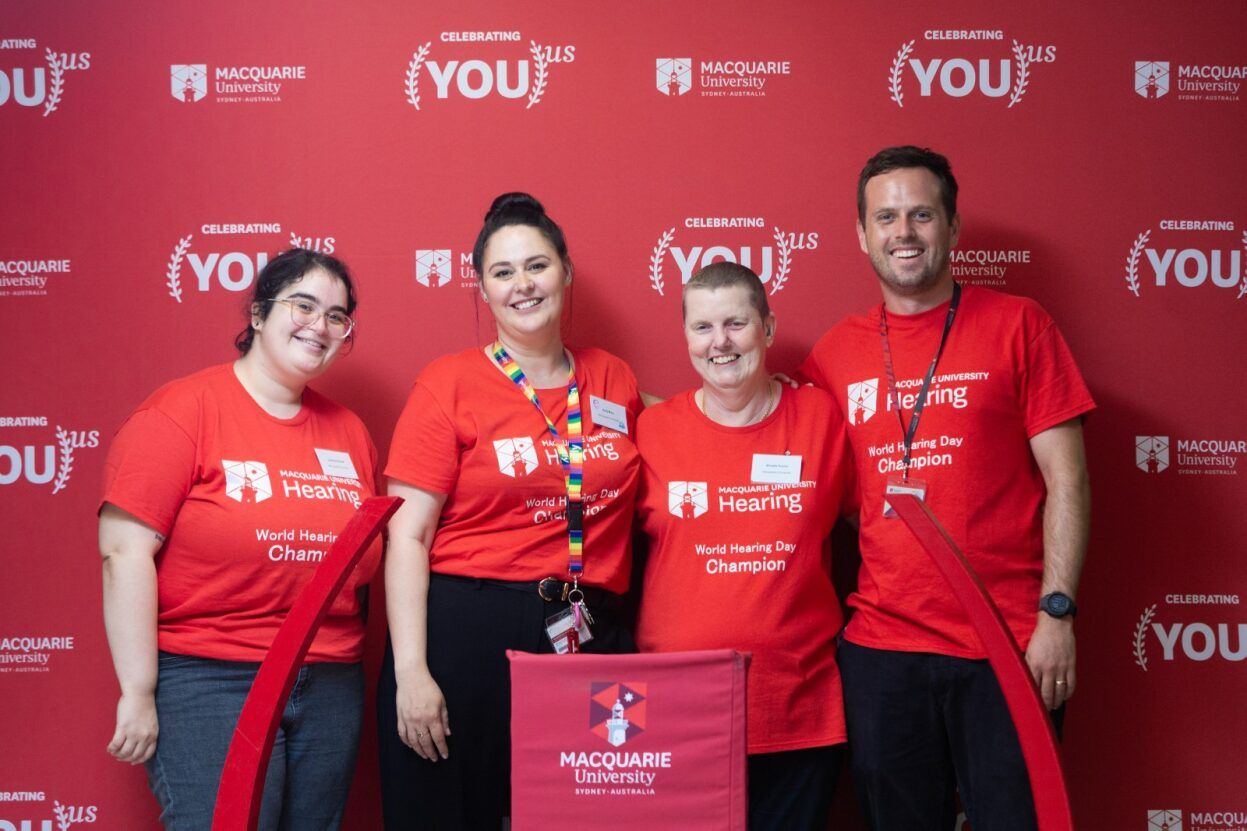Success and limitations of brain implants: In recent decades science has provided technical means of alleviating brain disease in clinical practice
In recent decades, a joint effort in the field of electronics and neuroscience has allowed for effective mitigation of some brain diseases using neuroprosthetic devices that are implanted into the body, which artificially stimulate neurons and are controlled by electronic equipment. It is estimated that around 1 million people now use neuroprosthetic devices in everyday life.
Hearing has become a model system where such devices have been particularly successful: cochlear and brainstem implants help deaf subjects to hear again. These devices allow language acquisition in deaf-born children, and help people with hearing loss integrate into mainstream education, professional and social life. In the elderly, they reduce social isolation and may reduce cognitive decline associated with age. Other applications include deep brain stimulation in the basal ganglia which can alleviate disabling motor symptoms of neuronal diseases including uncontrolled tremor. Chronic pain relief has been an additional successful domain, and research is taking place into new applications including visual, vestibular and motor diseases.
 Now a team led by Andrej Kral, MD, PhD, Professor of Systems Neuroscience at Macquarie University in Sydney Australia, has published a textbook on principles and applications of neuroprostheses (Kral A, Aplin F, Maier H (2021): Prostheses for the Brain: Introduction to Neuroprosthetics. Academic Press, London). Dr. Kral has been working on neuroprosthetic stimulation since 1995 and shares an appointment at Hannover School of Medicine, Germany, and Macquarie University in Sydney, Australia.
Now a team led by Andrej Kral, MD, PhD, Professor of Systems Neuroscience at Macquarie University in Sydney Australia, has published a textbook on principles and applications of neuroprostheses (Kral A, Aplin F, Maier H (2021): Prostheses for the Brain: Introduction to Neuroprosthetics. Academic Press, London). Dr. Kral has been working on neuroprosthetic stimulation since 1995 and shares an appointment at Hannover School of Medicine, Germany, and Macquarie University in Sydney, Australia.
Kral says the book aims to bridge medical and technical disciplines of biomedical technology in the field of brain implants.
“So far there has been no comprehensive textbook that systematises the findings in the diverse application areas of neuroprostheses. As some neuroprosthetic devices are in broad clinical use, a textbook became essential,” Kral says.
With co-authors Dr Hannes Maier and Dr Felix Aplin, the monograph, in addition to providing the historical perspective and preconditions to this new medical field, introduces mechanisms and issues of artificial neuronal stimulation, including safety, and reviews the most successful clinical applications, including their therapeutic potential and medical risks. Ethical aspects are discussed as well.
“We had PhD students and young clinicians in mind who work with these devices and have to understand the principles of their operation both from physiological and technical perspectives,” Kral explains.
Kral is associated with the Australian Hearing Hub at the Macquarie University, a state-of-the-art hearing research, treatment and innovation facility. The Australian Hearing Hub brings leading hearing and healthcare organisations together to collaborate across critical issues in hearing health.
For more information on the book, please contact Prof. Andrej Kral, Australian Hearing Hub, School of Medicine and Health Sciences, Macquarie University. Email: andrej.kral@mq.edu.au.








